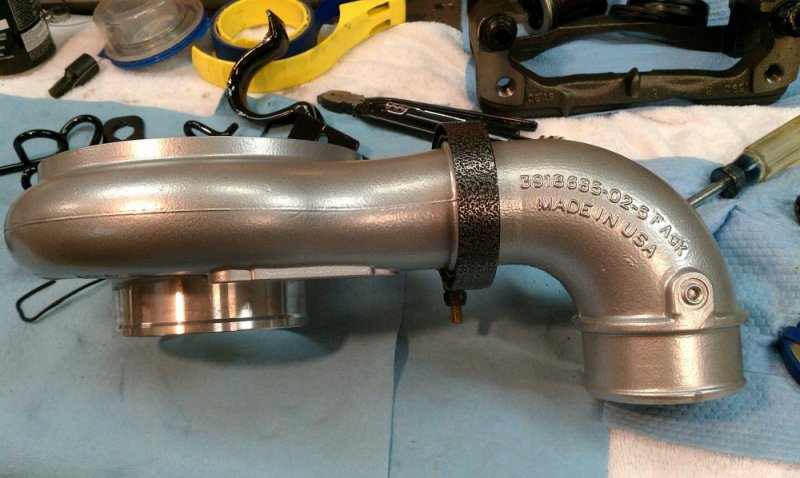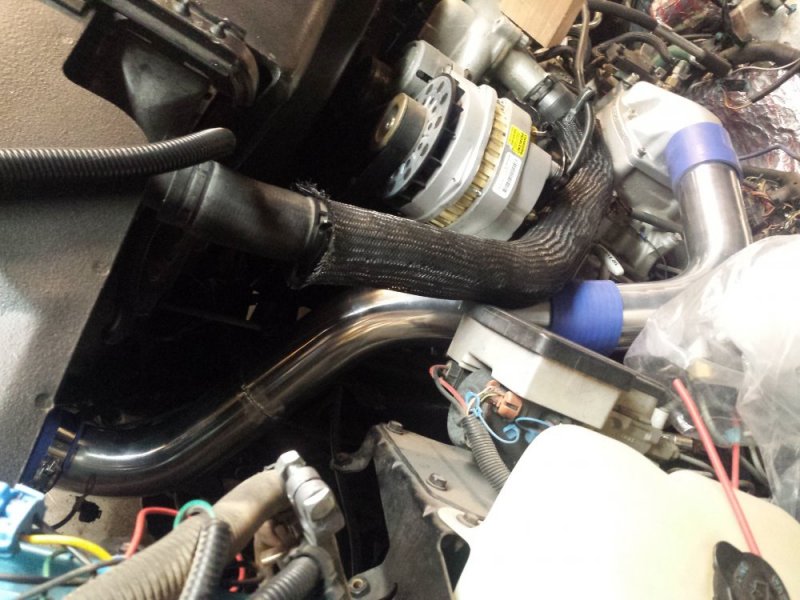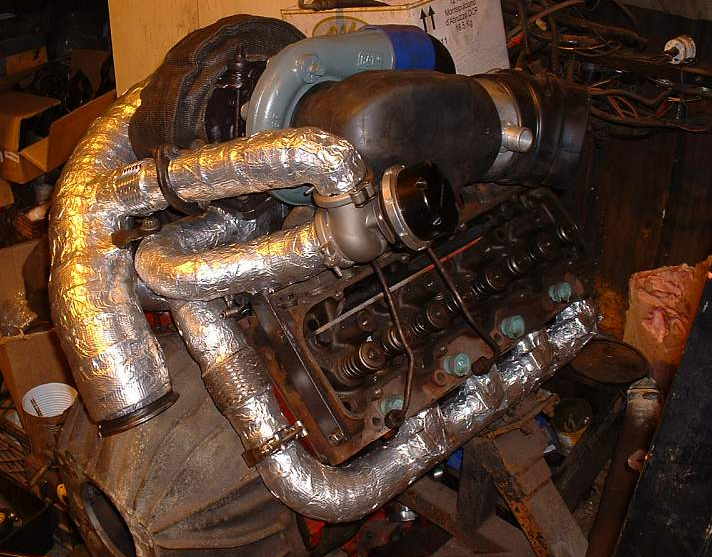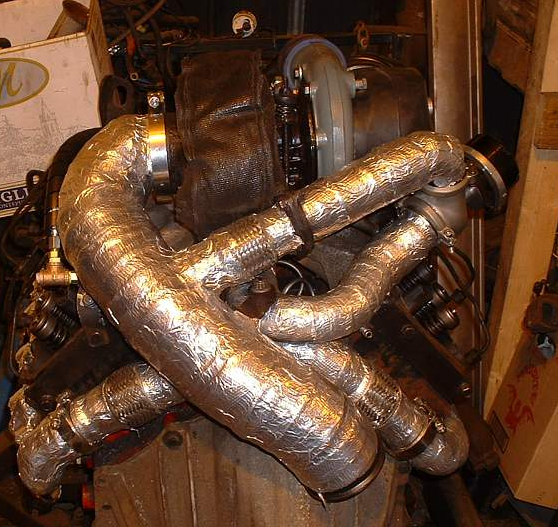3500_6.5
Well-Known Member
Good idea, didn't think about doing that. Anything that will help it last is worth doing.Heat the manifolds to 250-300 F, it opens the pores up and the paint sticks better. They dry almost instantly too.
Sent from my iPhone using Tapatalk




